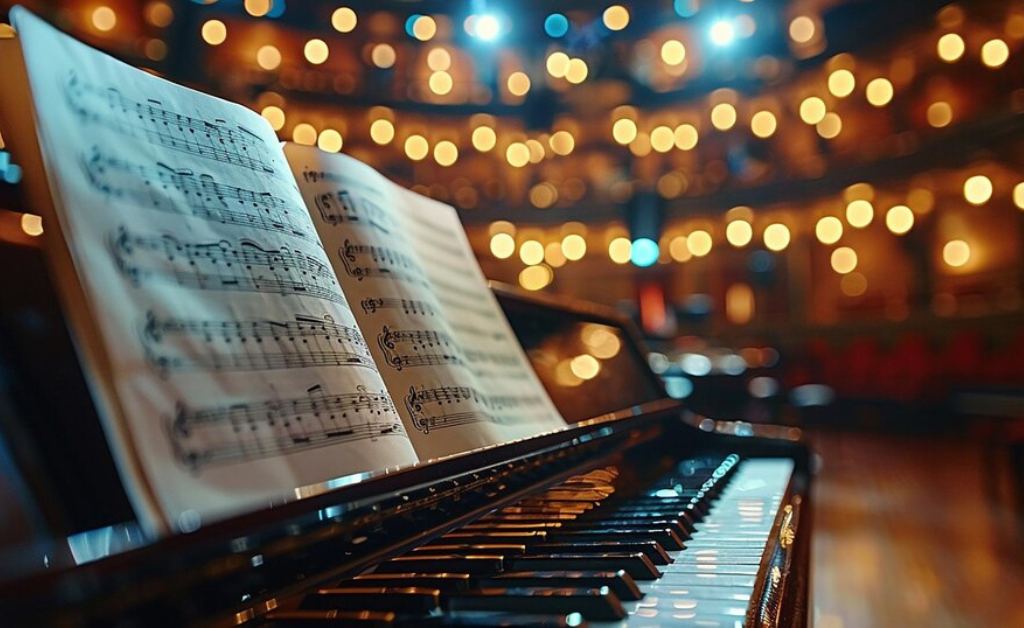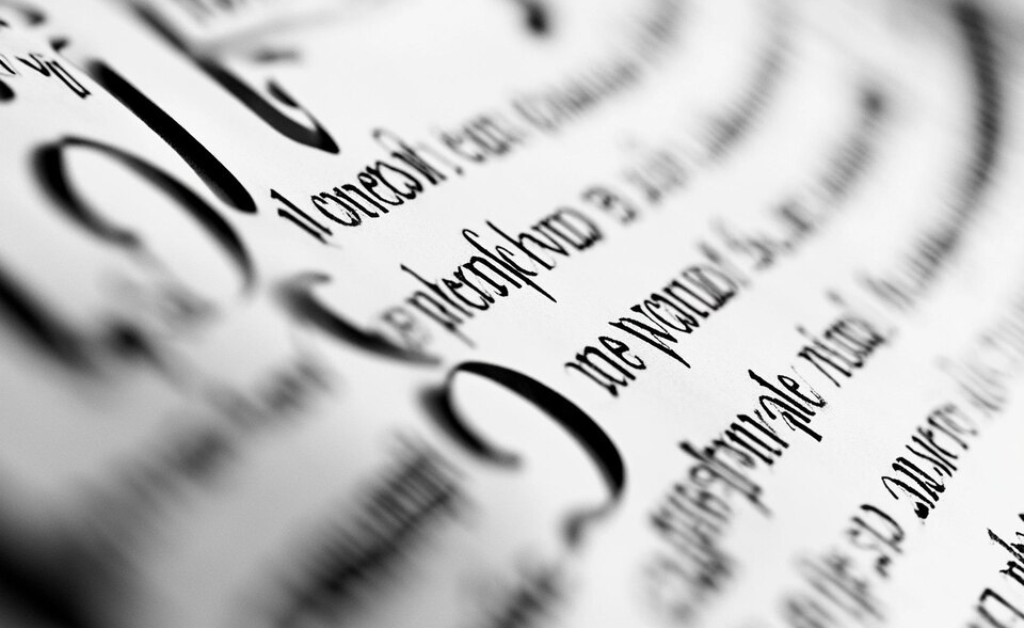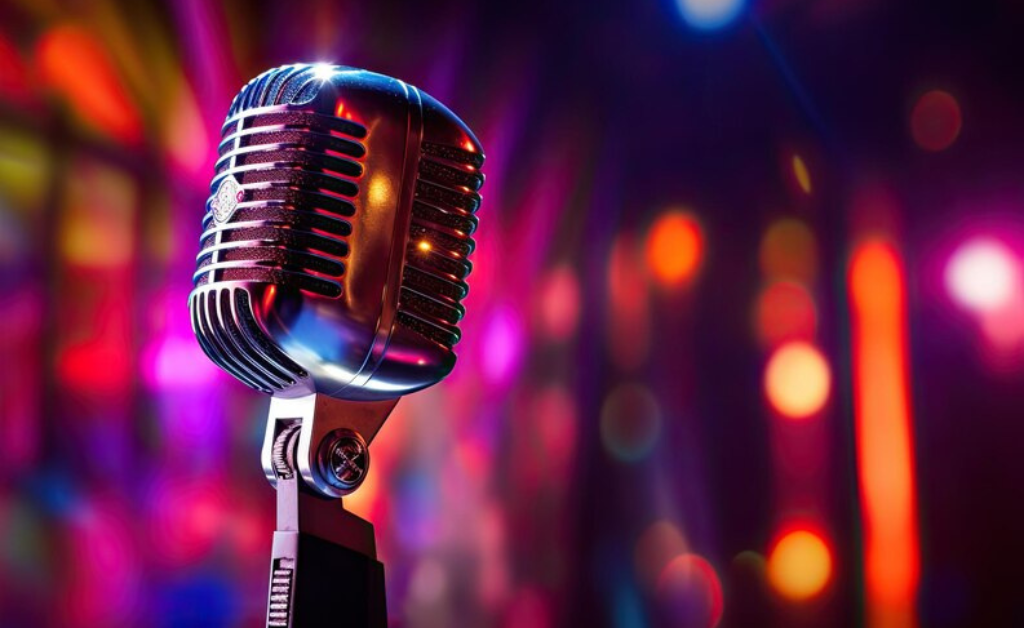Sheet Music Lost and Found Midnight: A Musical Mystery Resolved
The world of sheet music lost and found midnight is one of mystery, nostalgia, and historical significance. For centuries, composers, musicians, and collectors have sought to recover lost sheet music, hidden classical manuscripts, and antique scores that have vanished with time. Whether it’s a missing Steinway concert piece, a forgotten Beethoven composition, or an undiscovered draft of Mozart, the pursuit of rare piano scores has captivated historians and musicians alike. This quest is not just about nostalgia; it is a race against time to ensure the musical preservation of history’s greatest works.
Many such discoveries happen under the cover of night sheet music lost and found midnight performances in dimly lit concert hall archives, late-night research in the National Music Archive, and the tireless work of the Piano Conservation Society have all contributed to unearthing rare and nocturnal compositions. The modern Music Manuscript Database and European Music Registry play a crucial role in tracking lost pieces, allowing enthusiasts and researchers to locate and restore music that might have been deemed lost forever. Library of Congress is a vital resource in this endeavor, offering an extensive digital collection of historical sheet music.
The Enigma of Midnight Compositions
Throughout history, many masterpieces were composed in the solitude of sheet music lost and found midnight. Moonlight Sonata, arguably Beethoven’s most famous nocturnal creation, captures the essence of midnight inspiration. Nocturnal music has a unique place in history, as composers often found inspiration in the stillness of the night. The allure of midnight compositions is deeply tied to the romantic notion of a composer lost in thought, surrounded by candlelight, transcribing melodies that seem to emerge from the very air.
The search for sheet music lost and found midnight is equally enchanting. Scholars and collectors have often stumbled upon invaluable manuscripts in unexpected places—attics of old Victorian music rooms, locked drawers in historic academies, or even among forgotten music collections in antique stores. Many of these discoveries occur during music archive recovery missions, where specialists meticulously comb through old libraries and estates in search of missing classical manuscripts.
The Role of Music Preservation Societies
Organizations like the Musical Heritage Foundation, Music Antiquarians Guild, and the Royal Academy of sheet music lost and found midnight have dedicated themselves to musical restoration and music manuscript recovery. These societies work tirelessly to preserve, digitize, and catalog rare music sheets, ensuring that historical compositions are not only found but also made accessible to future generations. In collaboration with institutions like the Concert Hall Archives, they verify authenticity, conduct forensic analyses, and restore fragile scores that have suffered the ravages of time.
One of the most famous sheet music lost and found midnight preservation efforts involved an incomplete classical manuscript found in the archives of a monastery. Initially believed to be lost forever, the manuscript was pieced together using advanced scanning technology and knowledge from historical performance practice institutes. Such instances underscore the importance of musical preservation in keeping the legacy of composers alive.
Midnight and the Digital Revival of Lost Music
The digital age has transformed how we search for and retrieve lost sheet music. Online resources such as the sheet music lost and found midnight Manuscript Database and the European Music Registry have revolutionized access to antique scores. At any given midnight hour, researchers from across the world log into these platforms, cross-referencing archives, analyzing classical piano pieces, and contributing to ongoing musical restoration efforts.
One of the most exciting aspects of modern music library search is the use of AI and machine learning to reconstruct missing compositions. By analyzing existing works of composers like Mozart and Beethoven, AI models can predict and generate the most probable missing sections of a score, breathing life into otherwise incomplete compositions. This technique has already been used successfully in the reconstruction of several nocturnal compositions that would have otherwise remained unfinished.
The Passion of Music Collectors
Dedicated sheet music lost and found midnight collectors have played a crucial role in the sheet music collection process. Whether through personal libraries, auctions, or museum acquisitions, they have helped preserve thousands of rare music sheets. Some of the most valuable finds in music archives have come from private collections passed down through generations.
The Sheet Music Collectors Association and similar groups provide a network for enthusiasts to exchange, authenticate, and trade antique music documents. Many of these collectors are night owls, spending countless hours in midnight performances or scouring online catalogs for the missing pieces of their collections. The thrill of discovering a forgotten piano score is unparalleled, and for many, the search is as fulfilling as the music itself.
Also Read: https://lyrifii.com/hunting-of-the-snark-sheet-music/
The Future of Musical Restoration
The pursuit of musical artifacts and sheet music lost and found midnight manuscript recovery will continue to be a vital part of cultural preservation. As more archives become digitized and technology advances, the process of finding and restoring lost compositions will become more efficient. However, the romance of the search—often carried out in the stillness of the night—will always remain a cherished tradition among musicians, historians, and collectors.
FAQs
1. How can I find sheet music lost and found midnight?
Many online archives, such as the Library of Congress Digital Collections, the Music Manuscript Database, and the European Music Registry, provide extensive catalogs of historical sheet music. Additionally, music preservation societies and collectors often have access to rare piano scores.
2. What are the most famous sheet music lost and found midnight discoveries?
Some of the most famous rediscoveries include Beethoven’s unfinished compositions, Mozart’s missing piano pieces, and various classical manuscripts found in monasteries and old estates. The National Music Archive has played a crucial role in many of these recoveries.
3. Can AI help in reconstructing lost compositions?
Yes! AI-driven projects are now able to analyze existing works of composers and predict missing sections with impressive accuracy. This is particularly useful for incomplete nocturnal compositions and classical piano pieces.
4. Where can I buy or trade antique sheet music?
Organizations like the Sheet Music Collectors Association and Music Antiquarians Guild offer avenues for purchasing, trading, and authenticating rare music sheets. Online auction houses and specialized dealers also provide access to valuable antique music documents.
5. What steps are taken to preserve historical sheet music?
Preservation includes digitization, forensic analysis, climate-controlled storage, and, in some cases, physical restoration. Institutions like the Piano Conservation Society and the Royal Academy of Music are dedicated to ensuring that historical musical artifacts remain intact for future generations.
The quest for sheet music lost and found at midnight is a timeless journey, blending history, technology, and passion. Whether through late-night research, AI-assisted restoration, or the dedication of music collectors, the world of musical preservation continues to thrive, ensuring that the melodies of the past remain a part of our future.



